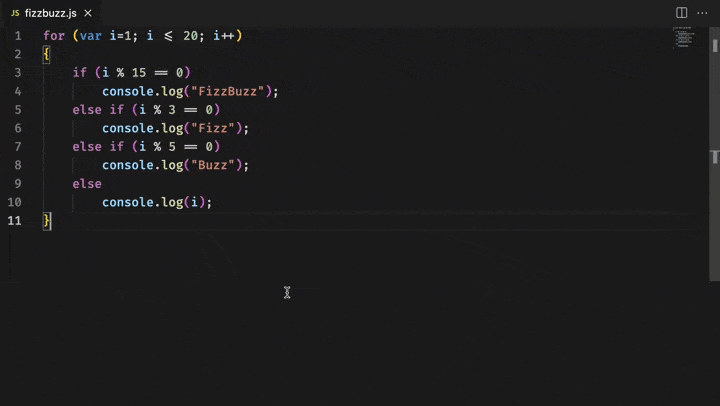This PR moves code between our packages so that: - @tldraw/editor is a “core” library with the engine and canvas but no shapes, tools, or other things - @tldraw/tldraw contains everything particular to the experience we’ve built for tldraw At first look, this might seem like a step away from customization and configuration, however I believe it greatly increases the configuration potential of the @tldraw/editor while also providing a more accurate reflection of what configuration options actually exist for @tldraw/tldraw. ## Library changes @tldraw/editor re-exports its dependencies and @tldraw/tldraw re-exports @tldraw/editor. - users of @tldraw/editor WITHOUT @tldraw/tldraw should almost always only import things from @tldraw/editor. - users of @tldraw/tldraw should almost always only import things from @tldraw/tldraw. - @tldraw/polyfills is merged into @tldraw/editor - @tldraw/indices is merged into @tldraw/editor - @tldraw/primitives is merged mostly into @tldraw/editor, partially into @tldraw/tldraw - @tldraw/file-format is merged into @tldraw/tldraw - @tldraw/ui is merged into @tldraw/tldraw Many (many) utils and other code is moved from the editor to tldraw. For example, embeds now are entirely an feature of @tldraw/tldraw. The only big chunk of code left in core is related to arrow handling. ## API Changes The editor can now be used without tldraw's assets. We load them in @tldraw/tldraw instead, so feel free to use whatever fonts or images or whatever that you like with the editor. All tools and shapes (except for the `Group` shape) are moved to @tldraw/tldraw. This includes the `select` tool. You should use the editor with at least one tool, however, so you now also need to send in an `initialState` prop to the Editor / <TldrawEditor> component indicating which state the editor should begin in. The `components` prop now also accepts `SelectionForeground`. The complex selection component that we use for tldraw is moved to @tldraw/tldraw. The default component is quite basic but can easily be replaced via the `components` prop. We pass down our tldraw-flavored SelectionFg via `components`. Likewise with the `Scribble` component: the `DefaultScribble` no longer uses our freehand tech and is a simple path instead. We pass down the tldraw-flavored scribble via `components`. The `ExternalContentManager` (`Editor.externalContentManager`) is removed and replaced with a mapping of types to handlers. - Register new content handlers with `Editor.registerExternalContentHandler`. - Register new asset creation handlers (for files and URLs) with `Editor.registerExternalAssetHandler` ### Change Type - [x] `major` — Breaking change ### Test Plan - [x] Unit Tests - [x] End to end tests ### Release Notes - [@tldraw/editor] lots, wip - [@tldraw/ui] gone, merged to tldraw/tldraw - [@tldraw/polyfills] gone, merged to tldraw/editor - [@tldraw/primitives] gone, merged to tldraw/editor / tldraw/tldraw - [@tldraw/indices] gone, merged to tldraw/editor - [@tldraw/file-format] gone, merged to tldraw/tldraw --------- Co-authored-by: alex <alex@dytry.ch> |
||
|---|---|---|
| .. | ||
| .vscode | ||
| assets | ||
| examples | ||
| scripts | ||
| src | ||
| .gitignore | ||
| .vscodeignore | ||
| CHANGELOG.md | ||
| icon.png | ||
| LICENSE | ||
| package.json | ||
| README.md | ||
| tsconfig.json | ||
Introduction
tldraw is a very good whiteboard for the web. This extension will let you use tldraw inside of VS Code, using offline .tldr files. Create drawings, diagrams, or visual documentation, and then commit the files alongside your code!
Usage
- To create a new tldraw file, use the provided command: "tldraw: New tldraw File".
- To view an existing tldraw file, open a file with the
.tldrextension in VS Code.
Tip: The
.tldrfiles you create with this extension can also be opened in the tldraw web app. You can also use this extension to open.tldrfiles saved from the web app.
Community
Support
Need help? Please open an issue for support.
Discussion
Want to connect with the developers or users? Visit the Discord channel.

